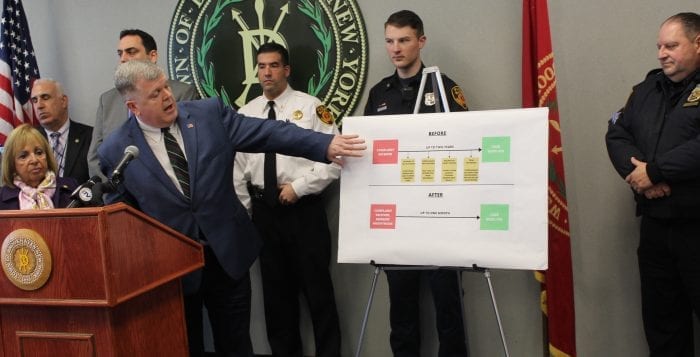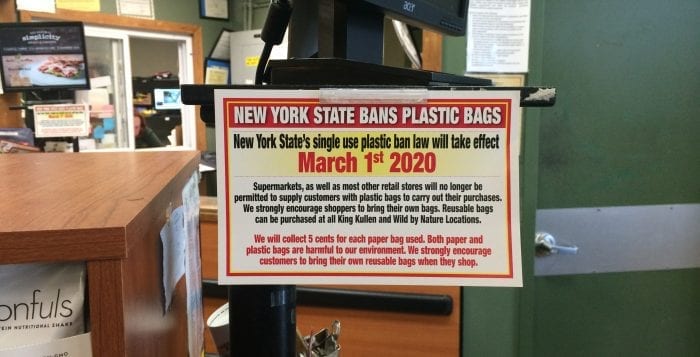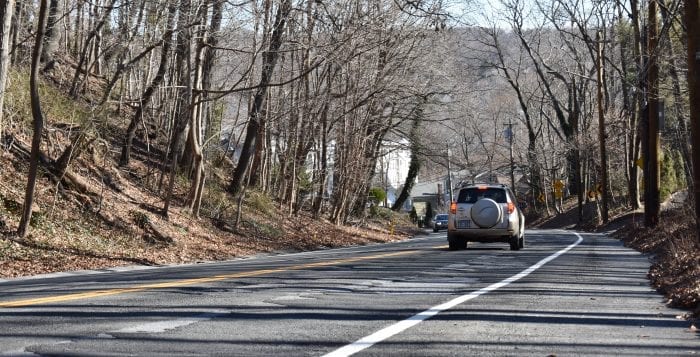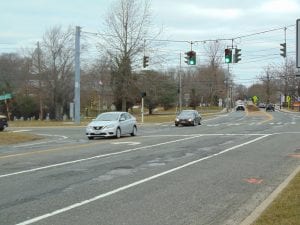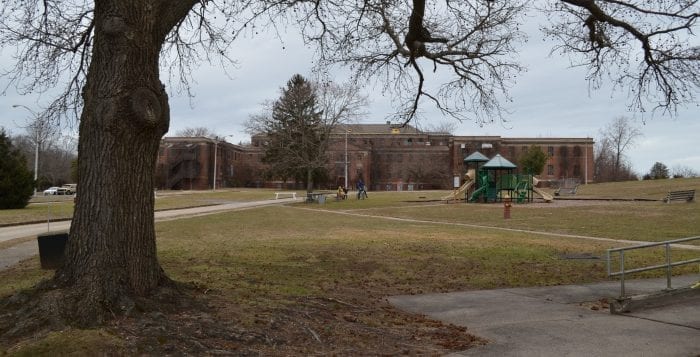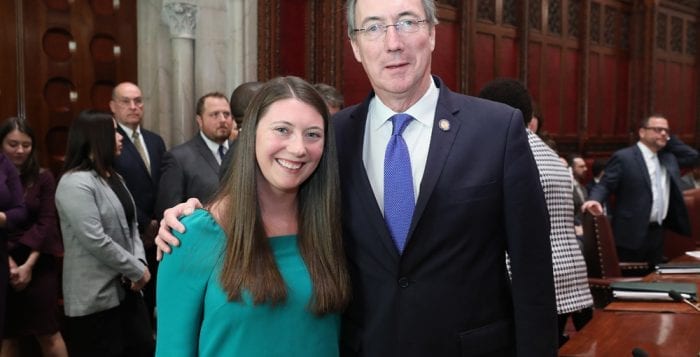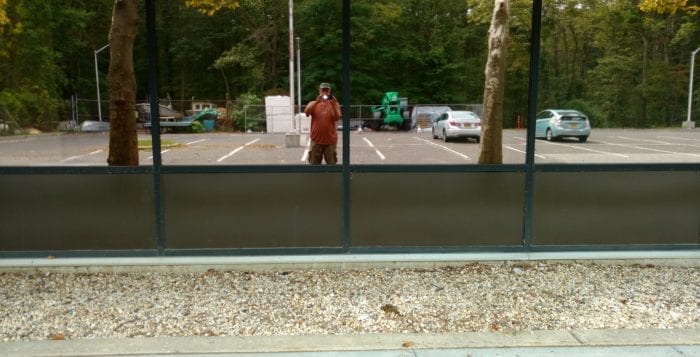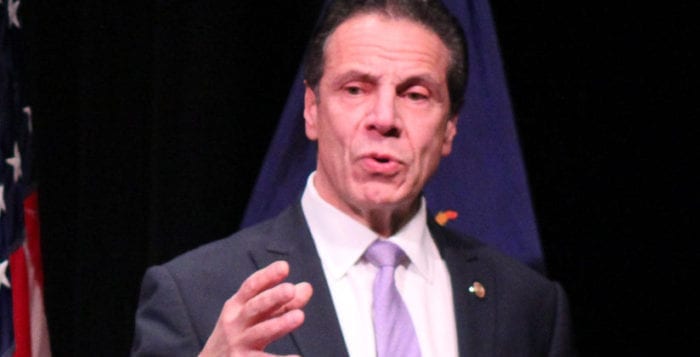Hospitals in New York State have to develop plans to expand capacity by 50 percent within the next few weeks, and then, down the road, 100 percent, as the number of coronavirus cases increases.
Governor Andrew Cuomo (D) today announced a State Department of Health Emergency Order requiring the expansion to prepare for the expected rising medical need.
“We’re going to continue to work with the state and with hospitals to do everything we can to help them meet that mandate,” Steve Bellone (D), the Suffolk County Executive, said on a daily conference call with reporters.
Bellone reiterated Gov. Andrew Cuomo’s (D) expectation that the effort to contain the virus is likely a long-term commitment, which could be anywhere from two to eight months or more.
“We know we are engaged in this fight for the foreseeable future,” Bellone said.
Bellone also announced that Suffolk County Transit is implementing policies that are similar to the ones the MTA has created. Riders will no longer have the option of using cash for their payments. They should use Suffolk FastFare, which is a mobile app. The app is available for use on all Suffolk County buses. Riders can use smart phones to purchase tickets.
Starting on Monday, Suffolk County Transit will also do rear door boarding on fixed bus route service and will need to leave the first few rows of the bus empty to create a safe distance between drivers and riders, Bellone said.
“We are continuing to operate critical transportation infrastructure,” Bellone added.
Meanwhile, the number of positive tests in Suffolk County climbed to 1,034, according to the State Department of Health. As of earlier today, there were 89 people hospitalized because of the virus, with 28 people currently in the Intensive Care Unit.
The virus has contributed to the deaths of three more Suffolk County residents, increasing the number of virus-related fatalities in the county to 12. A man in his 80’s died in his home March 18, a man in his 60’s, who was also in a car accident, died at Stony Brook University Hospital March 14, and a man in his 50’s died at Southside Hospital. The man in his 50’s, who had other health issues, is the youngest Suffolk County resident felled thus far by COVID-19.
The Stony Brook University mobile testing site has conducted over 2,000 tests. Bellone cautioned people not to just show up because they wouldn’t receive a test. They need to receive a referral from a doctor or from a source through telemedicine.
Hospitals in Suffolk County currently have beds available, with 644 vacant beds out of 2,626 and 86 beds available out of 275 in intensive care.
As for Cuomo’s order to close businesses that are considered non-essential by 8 p.m. tonight, Bellone said his office was continuing to speak with state officials to determine which industries would be deemed essential.
Landscaping, for example, is “essential in the sense that we are in the growing season,” Bellone said. “We know that there can be public health costs associated with landscaping that is getting out of control.”
The dry cleaning business as well could be an essential service, especially because these establishments are cleaning uniforms for first responders.
Bellone said continued to meet with representatives from the food industry, who indicated that the supply chains remain open. The shortages on shelves are coming from people who are hoarding items, rather than from a reduction in the production of food, toilet paper, or other consumer staples.
“We confirmed with the industry today,” Bellone said. “They are going to continue to bring in those supplies as quickly as they can. [Food supplies] will be coming next week and the week after that. It is not stopping or shutting down.”


